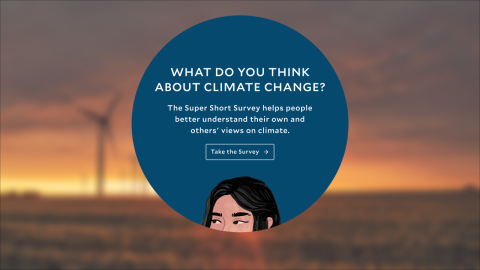Download a PDF copy of this guide.
Under the Americans with Disabilities Act (ADA), all meetings, seminars, and workshops must be accessible to participants with disabilities. This applies to both in-person and virtual events.
Fundamental Best Practices for All Events:
- Do not assume participants have disabilities.
- Build accessibility considerations into the planning process, including using a physically accessible site for in-person events and an accessible platform for virtual events.
- Ensure the experience is accessible from arrival to exit with the ability to navigate independently, or if desired by the attendee, provide a guide to assist the attendee to navigate throughout. The same goes for virtual events.
- Create an accessible invitation and include an avenue to request an accommodation. Consider whether languages other than English are needed.
- Ensure registration and confirmation methods are accessible, whether in print or online. Digital communication should meet web accessibility guidelines.
- Include participants with disabilities in all aspects of the event. For virtual events, this includes “breakout rooms” or the equivalent.
- Create a foundation of accessibility for each event and give participants the means to request specific accommodation with sufficient time to fulfill the request.
- Test and prepare basic assistive technology (such as Assistive Listening systems for in-person events or captioning in virtual events) in advance.
- Share information on what to expect with participants in advance.
- Build flexibility into the event from the beginning.
- For in-person events, use emergency alert systems that include both visual and audible signals, and be sure your emergency plan is inclusive of people with disabilities.
- Plan for sufficient staffing to have someone who can troubleshoot before, during, and after the event.
For In-Person Events:
- For events that will be in an unfamiliar space, conduct a site visit in advance.
- Secure an accessible space, including the event room, amenities, and path of travel.
- Plan to provide straws, fruit in addition to sweets, a selection that acknowledges the more common allergies, and/or a way to request alternative items for those with allergies, if there will be food available.
- Plan to have a microphone for the speaker(s).
- Plan for communications access—Sign Language? Audio Description? Communication Access Real-Time Translation (CART)? Something else?—and secure in advance.
- Include as much pre-information about the event as possible. “Know before you go” communication is a key component of access and inclusion.
- Make sure any presenters from outside the organization understand and follow accessible presentation guidelines.
For Virtual Events:
- Plan a brief run-through or tech check with enough time in advance to identify any problems.
- Make tech support available for those who need it.
- Choose a platform that is accessible, including captioning capability, screen reader compatibility, functions for a variety of devices, the ability to watch an interpreter, etc.
During the Event:
- Ensure all staff interacting with participants are prepared to warmly welcome and interact with participants with disabilities.
- Post an agenda or schedule. For virtual events, utilize the “chat” or equivalent, as well as read the schedule out loud.
- Remind participants and speakers of best practices around communication, including introducing themselves before speaking and giving a brief description of themselves when speaking for the first time. For in-person events, remind them to always use the microphone if addressing the whole group.
- Verify access to visuals, CART, interpreters, etc. For in-person events, this may be identifying and reserving seating with appropriate sightlines. For virtual, it may be reviewing how the participant accesses the service or content.
- Make sure moderators and/or presenters share policies regarding participation at the start, such as how Q&A will be handled, a reminder for speakers to introduce themselves first, and for in-person events, the locations of amenities such as restrooms and water fountains.
- Identify the “go-to” staff person, should someone need assistance.
- Inform participants in advance if the event is being recorded, so that they have the option of opting out (i.e., turning their cameras off, removing their names, etc.)
After the Event:
- Ensure the method and mechanism of evaluation are accessible, whether in-person or virtual.
- Ensure all PDFs are screen-reader-accessible if you are sending out notes after the meeting.
- Check-in with participants who requested accommodations about how new procedures or requests for accommodations went.
- Conduct an internal assessment of any additions or changes that were made for this event to make it accessible. Could any of them be incorporated into future events on a regular basis?
- Include (or add) captions if the event or elements of the event were recorded. If the event included sign language interpretation, make the sign language video available as well.







